blog
20th Anniversary Issue: Emma Kisiel
As part of F-Stop Magazine’s 20th anniversary celebration we invited past featured photographers to share with us some thoughts and reflections. We asked each photographer to consider how their photographic work has changed over time, how the changes in photography over the past 20 years may have affected or influenced that change, and to share what they are up to most recently.
By Emma Kisiel
http://www.emmakisiel.com/
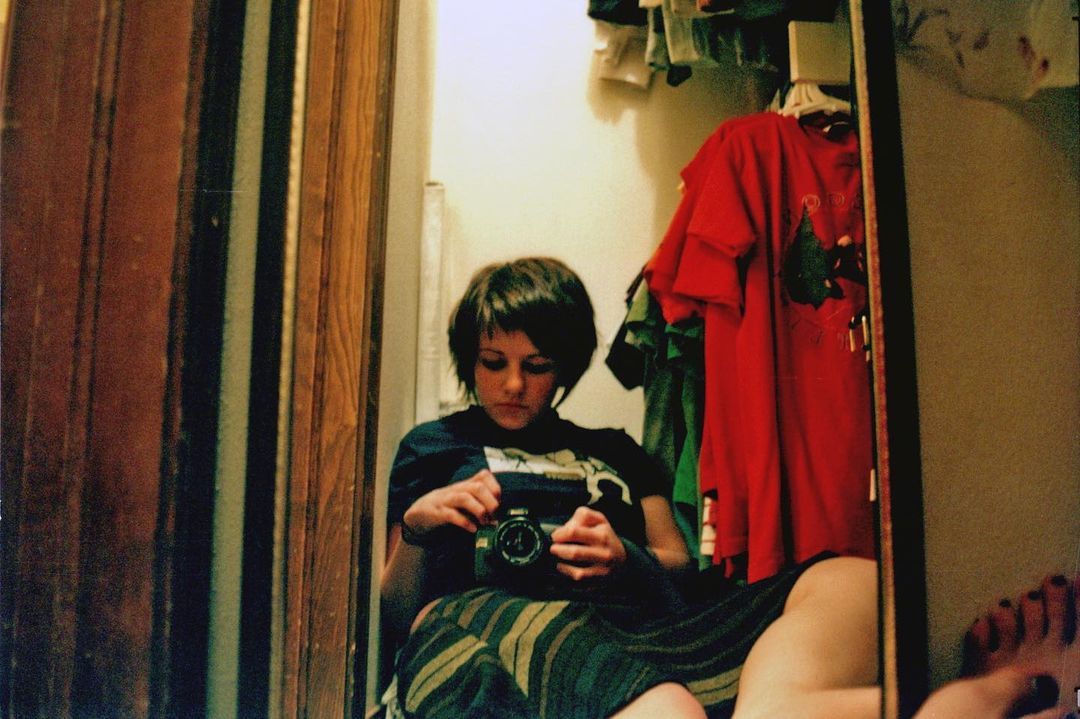
Self-portrait at 15
I started practicing photography in 2003, when I was 14 years old, so it’s a 20th anniversary for me as well. From the very beginning, alongside my photography practice was the act of digitizing, editing, and publishing my photos online – from LiveJournal to portfolio websites to blogs to early social media like Tumblr and Flickr. It’s hard to separate my photographic work from the way I shared it with others online. My fervor for photography grew with the internet, particularly blogging. For me, the community and connection I could find with other artists was an essential component of artmaking and photography.
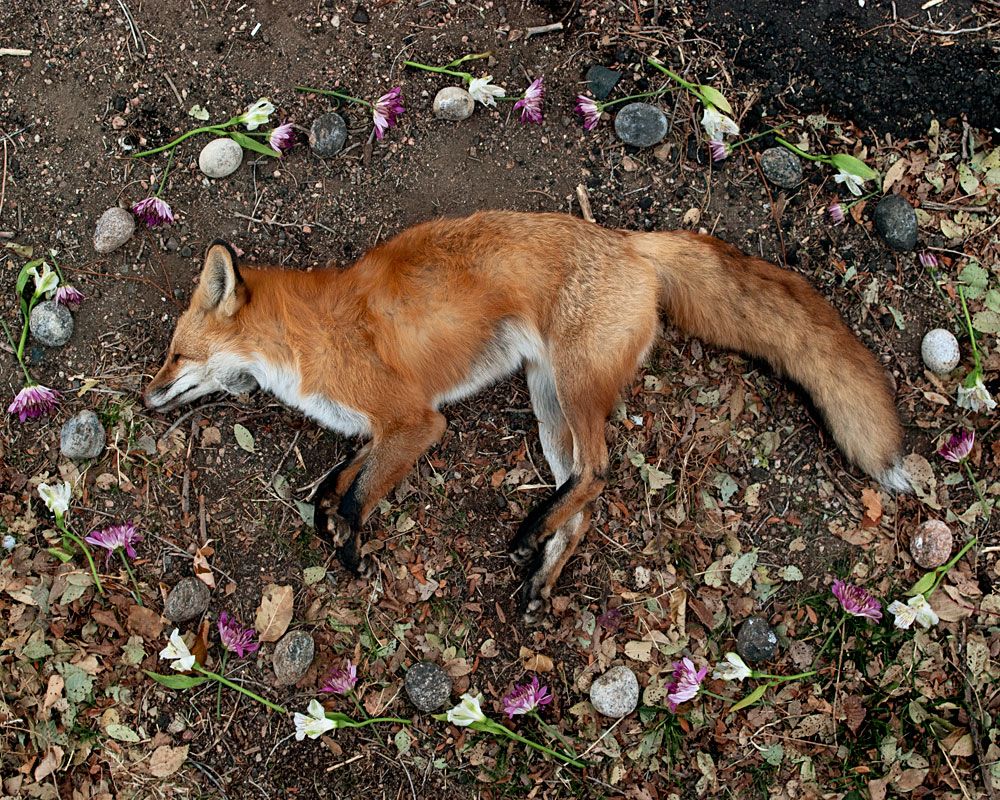
Fox from “At Rest”
All along, my photographic interest has been in exploring the way humans exist alongside animals and nature. I’ve always been driven to examine the human-animal relationship, often through the lens of death. I’ve photographed memorials I’ve built around roadkill animals, taxidermy animals in museum dioramas, the limited and distanced experience we share with animals in places like zoos and natural history museums, and the final resting places for our pets. In the body of work I’m slowly developing now, I spend time with a population of domestic rabbits that live outside in a coastal Oregon town. Lately, I’ve become a bit more interested in the living than the dead, a shift that may have been caused by a global pandemic that’s ended almost 7 million human lives so far.
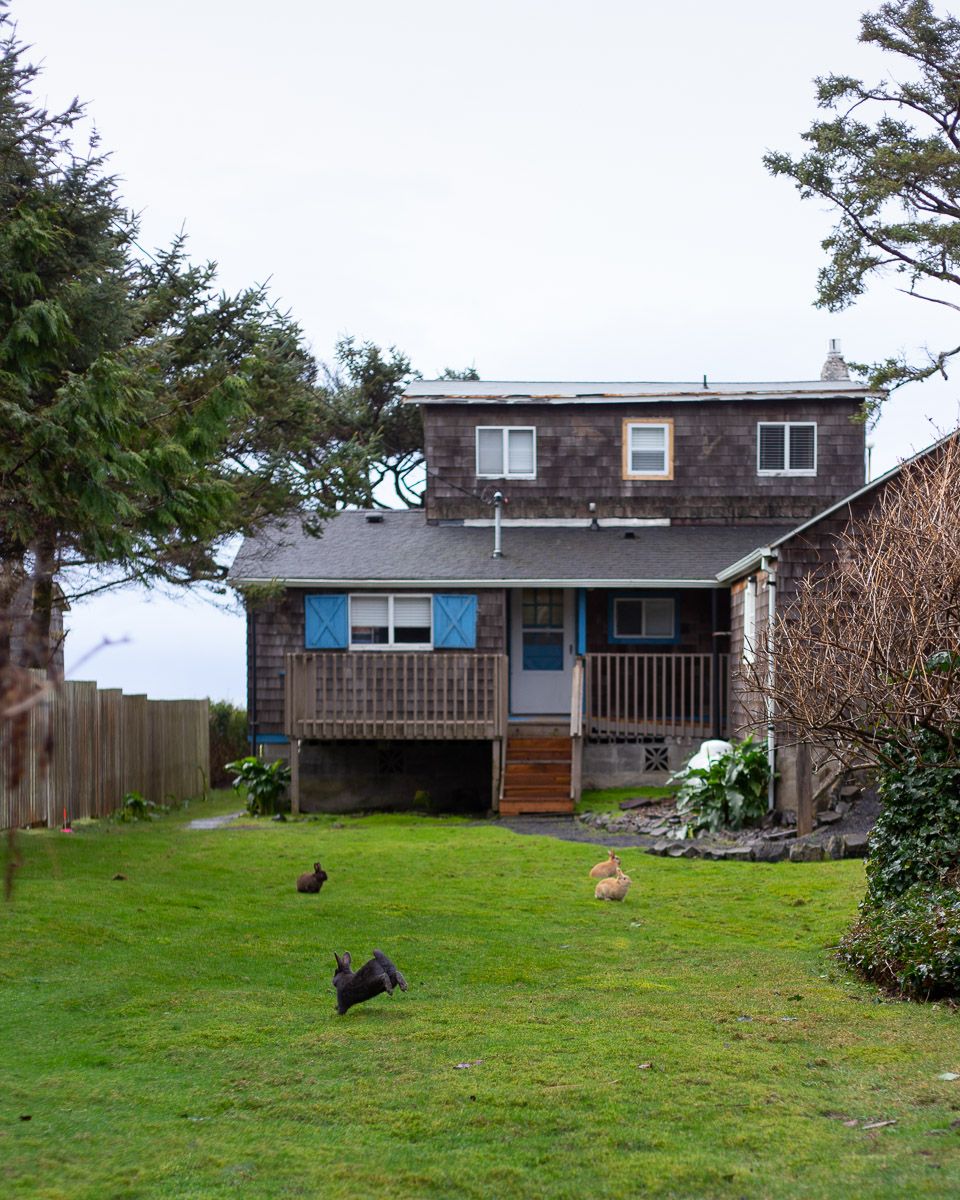
Blue Shutters from “Warren Way”
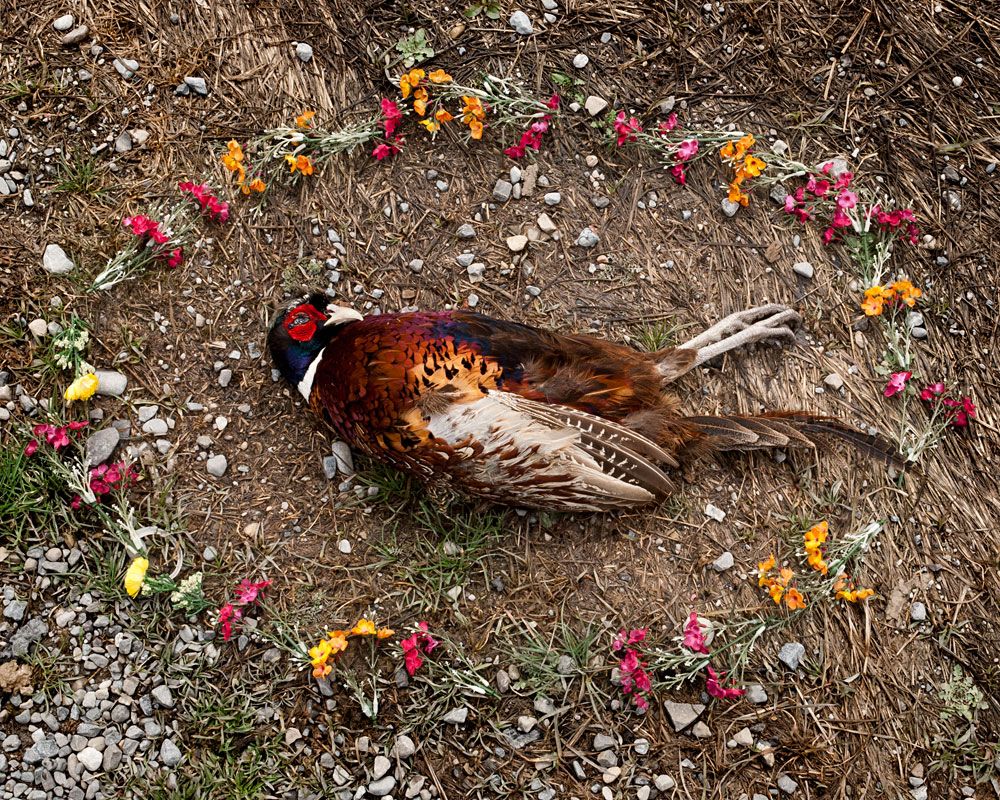
Pheasant from “At Rest”
At Rest, my series of roadkill memorial photographs, was my BFA thesis body of work, created during my last year at the University of Colorado Denver in 2011. Around the time I was the featured photographer on F-Stop for At Rest in 2012, that body of work went viral. The experience was staggering. It was exciting to know that so many people were seeing and reacting to my work, and to read their thoughts about it, which ran the gamut. Looking back, it was my first experience with the intensity of our interconnectedness enabled by the internet, and with the intensity of strangers’ strong opinions about pictures they saw online.
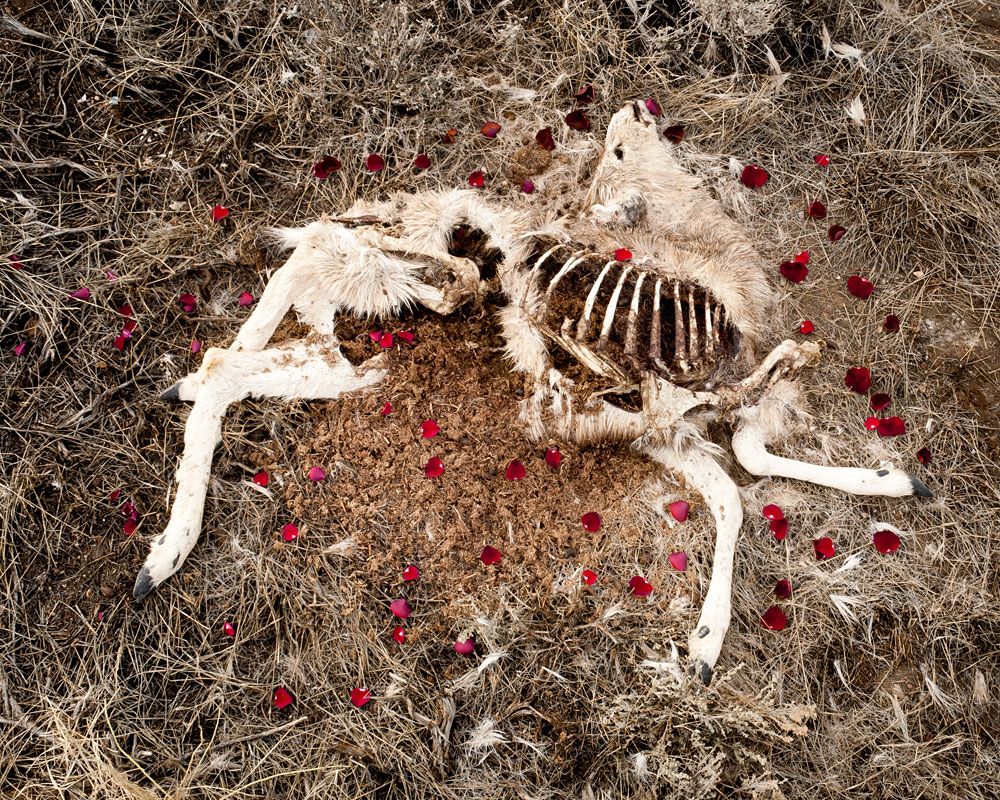
Deer 3 from “At Rest”
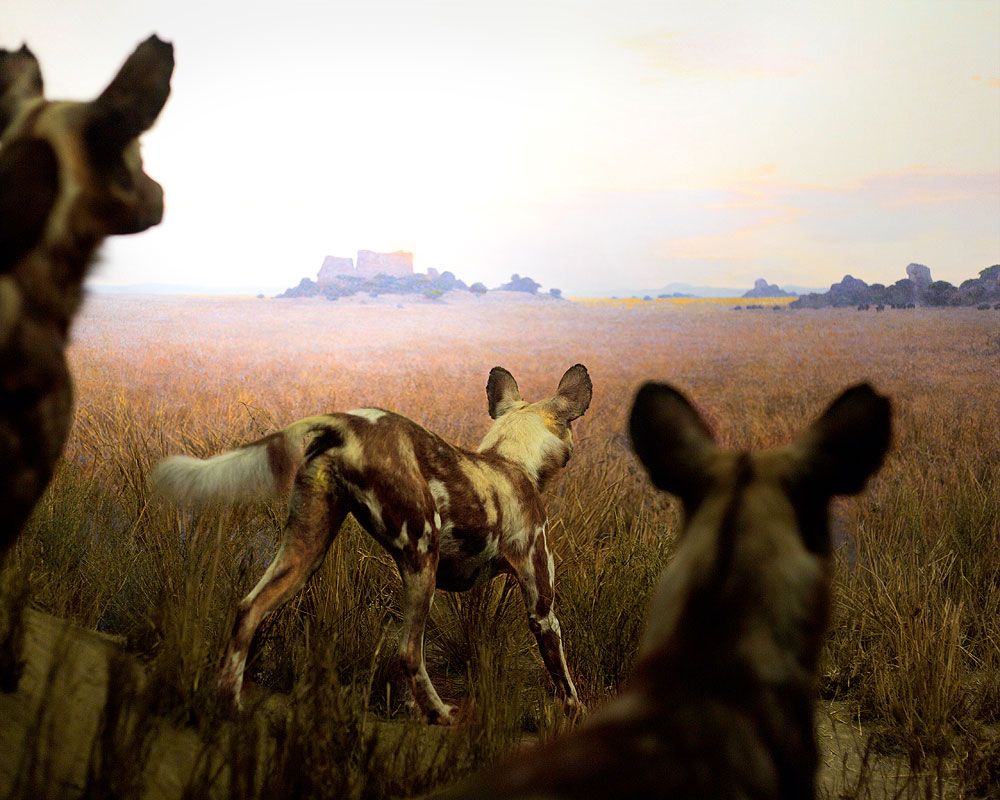
Serengeti Plain, Northern Tanzania from “Glass Eyes Staring Yonder”
The changes in photography as a medium – really the changes in how we interact with and experience photography – have caused more of a change in my artmaking than anything. Because for as long as I’ve taken pictures I’ve posted them online, my art and sharing it are interconnected. These days, I feel like there’s nowhere to meaningfully share the photographs I make and the series I develop. And so in the way that sharing my art has stopped, it feels like my art has stopped as well.
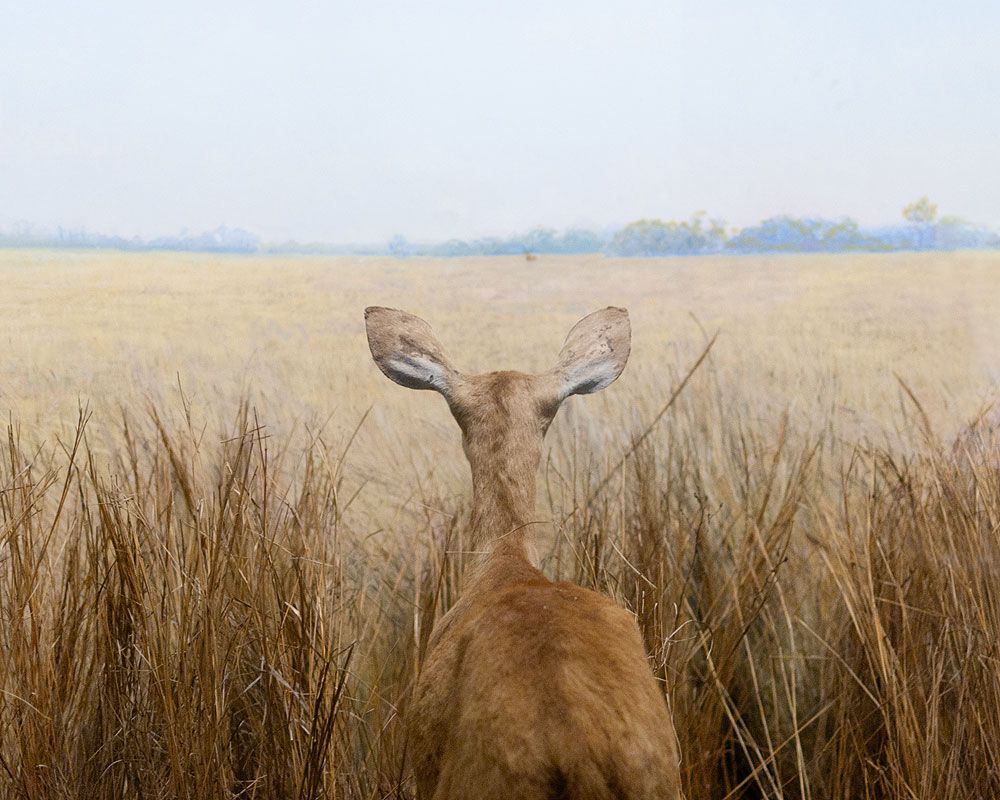
Pousada Caiman Reserve, Brazil from “Glass Eyes Staring Yonder”
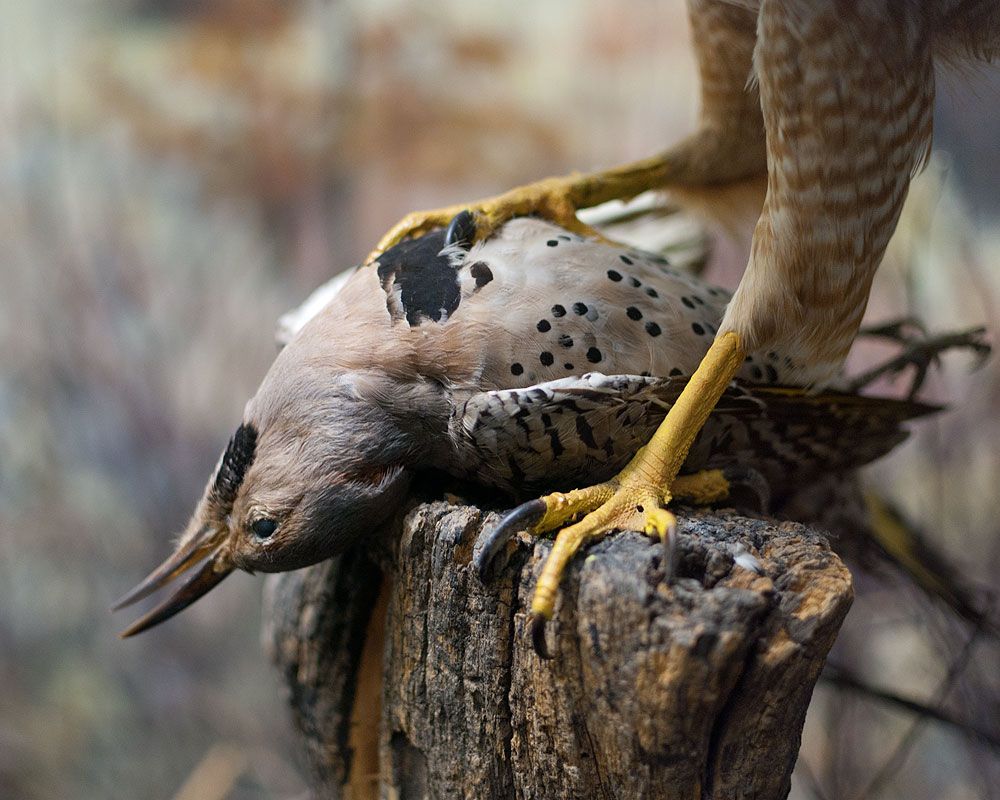
Northern Flicker, from “Another Death”
For more than ten years, I worked with artists to feature their work on my blog and website, Muybridge’s Horse. The site was a resource for many, but for me it was a way to keep track of the many artists who inspired me, and to build community. It was one of the many things that COVID ended for me. Suddenly, writing thoughtful and sometimes vulnerable posts about my feelings about artists’ work was something I didn’t have capacity to do.
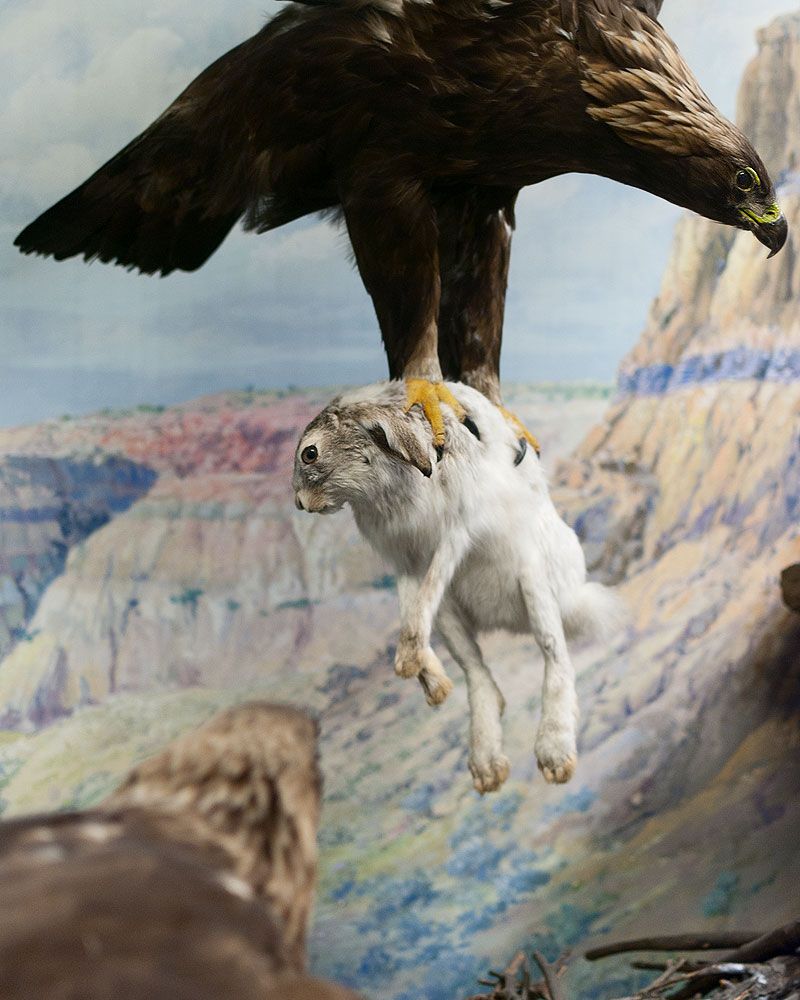
White-tailed Jackrabbit from “Another Death”
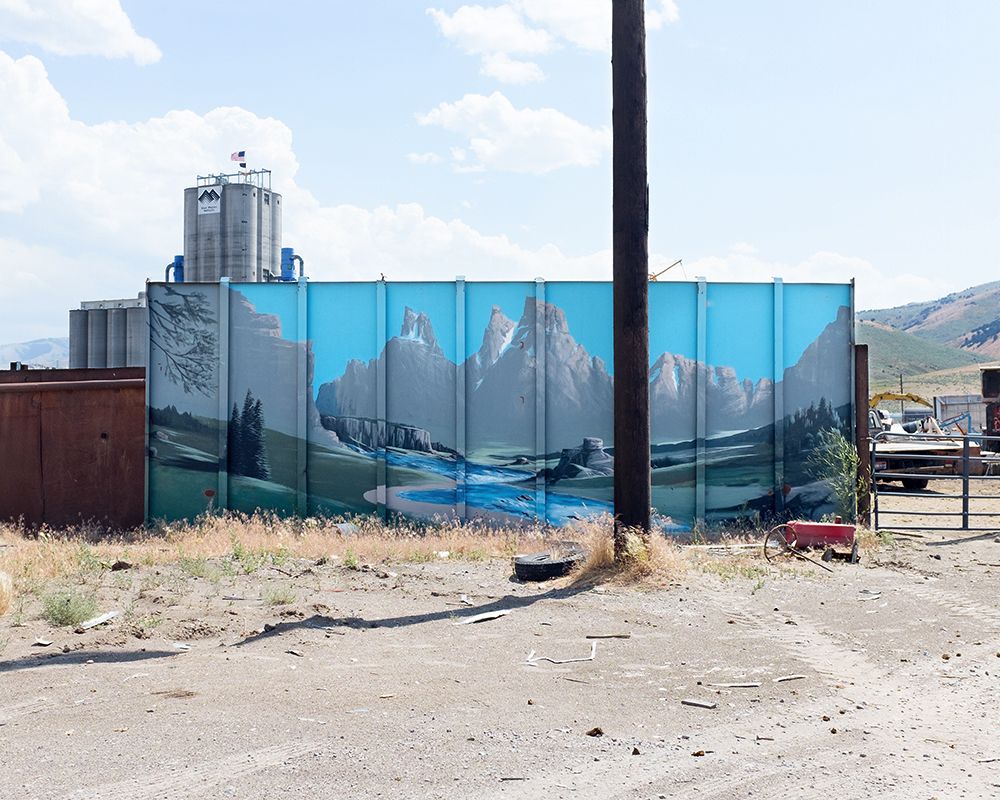
Henry’s Scrap Metals, Pocatello, ID from “Real Enough”
If the pandemic slowed things down in the beginning, it hit a point where it started to speed things up. Changes that seemed to be coming on slowly solidified. No longer was I spending time looking at artists’ websites, absorbing their bodies of work, pondering their artist statements. Portfolio websites and photography blogs have largely been outplaced by social media, mainly Instagram. Feed readers are a thing of the past; if a blog or website is updated, the way to know is by social media. Overwhelmingly, art in daily life has been replaced by content. Still photos have been replaced by videos, images covered with text, and user-generated advertising. Social media platforms don’t show me things published by people I choose to follow, they show me ads and suggested content. Everything the algorithm presents me with seems made for the purpose of consumption, everything meant to buy or sell. What the internet offers me to look at moves faster and faster. I can’t keep up. I feel at the same time inundated by photos and like I don’t really see them anywhere.
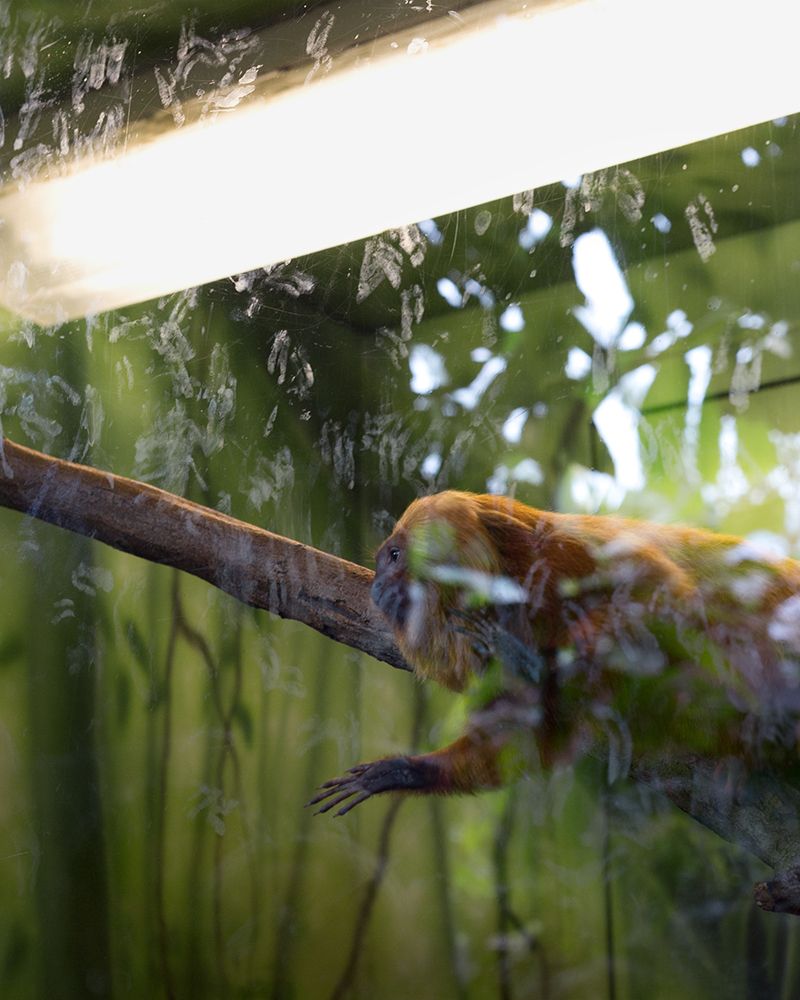
Golden Lion Tamarin, Kansas City Zoo from “Real Enough”
Surely, I am jaded, burnt out, and exhausted by working a day job in the public sector 3+ years into a pandemic. But what I know is that photography as a thing that nourished me and inspired me since I first picked up a camera and sat down at a computer 20 years ago is gone. I deeply miss the life that photography brought me.
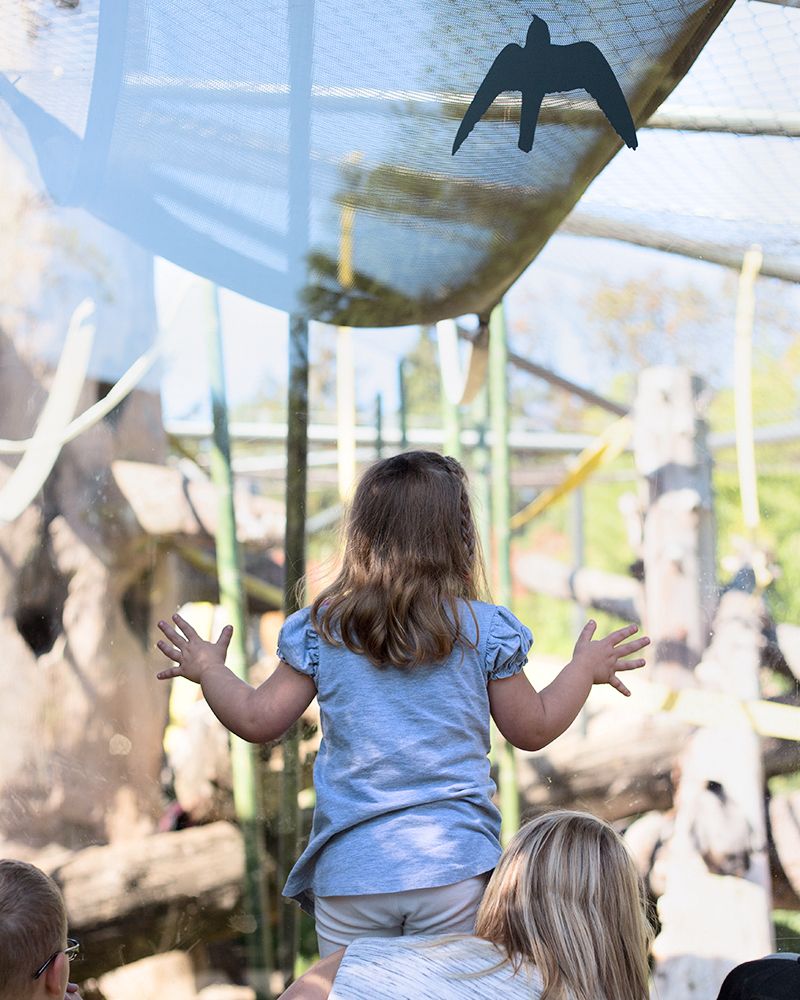
Bird, Oregon Zoo from “Real Enough”
Thinking about death as a lens now, it’s certainly different. To consider death feels darker and heavier than ever before in my life. Since the first days of COVID, death seems all around in a broader sense. There’s the death of life as we knew it, upended by the pandemic. The impending death of our planet as climate change intensifies. The death of systems and structures we thought in vain would keep us safe. The death of the hobbies and practices and outlets that brought me inspiration and joy and connection, swallowed up by surging consumerism and capitalism.
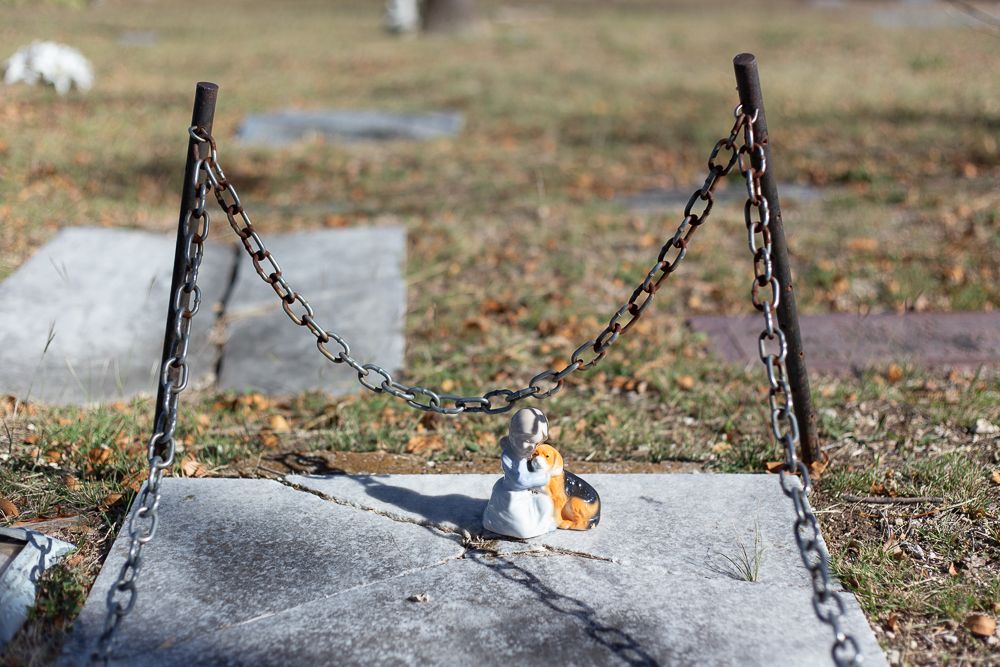
Girl & Dog, Cedar Hill Pet Memorial Project, Cedar Hill, TX from “As Always Resting in the Shade”

Our Buddy Charlie, Pet Rest Memorial Park & Crematory, Sachse, TX from “As Always Resting in the Shade”
What I’ve learned is that things we love and value go away – I had never really experienced that before. I think they come back, or are reborn. I hope they do. I’m looking forward to seeing what’s birthed next, what place photography artists will create for showing each other what we make. As photography artist Anastasia Pagonas said – in a viral Instagram post, no less – “We will grieve the loss of stills and stillness, and we will vision again.”
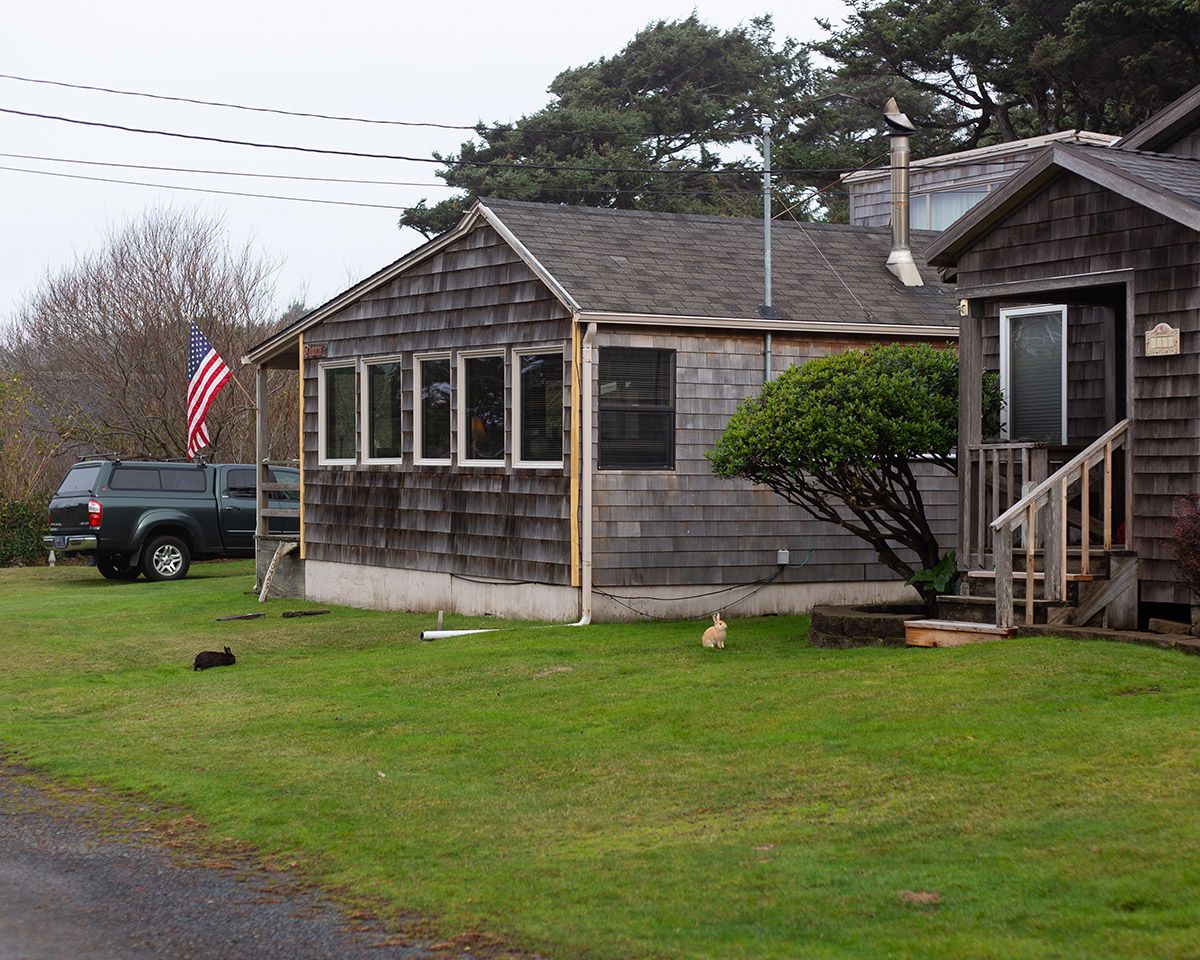
Flag from “Warren Way”
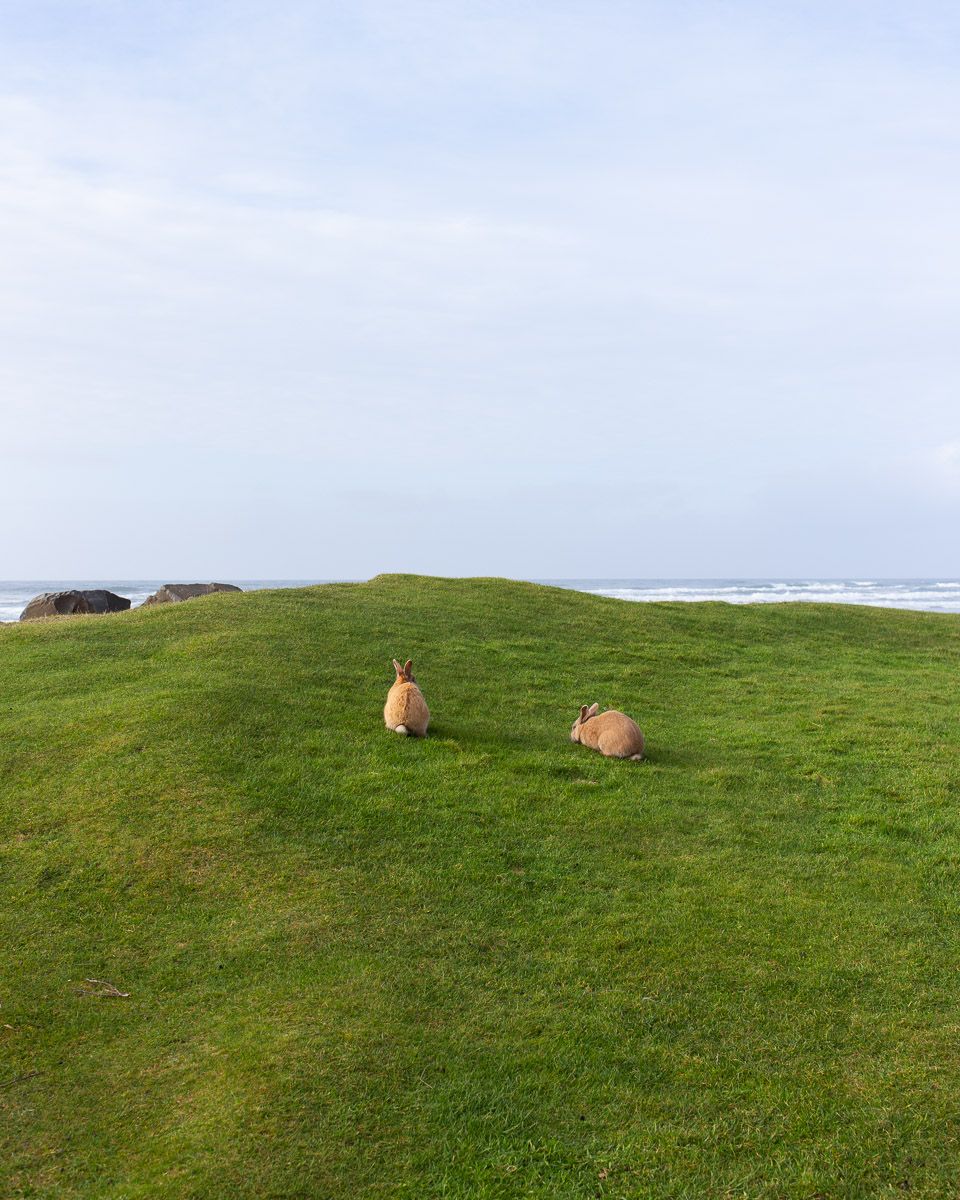
Hillside from “Warren Way”
I love to watch the rabbits on the Oregon Coast and to look at the photographs I’ve made of them as I edit together a series. Their slow life along the ocean is a powerful reminder to slow down myself. They are a humble but thriving community, carrying on with daily life, unaware of the state of humans. As they graze on the lawns of beautiful homes, I imagine them doing ordinary people things: tending to their gardens and yards, gathering with friends, admiring the ocean view, heading to work and just getting home. Witnessing their existence is like living in a storybook, someplace familiar and charming. Something comforting during this in-between time filled with unknowns.
Events by Location
Post Categories
Tags
- Abstract
- Alternative process
- Architecture
- Artist Talk
- artistic residency
- Biennial
- Black and White
- Book Fair
- Car culture
- Charity
- Childhood
- Children
- Cities
- Collaboration
- Community
- Cyanotype
- Documentary
- Environment
- Event
- Exhibition
- Faith
- Family
- Fashion
- Festival
- Film Review
- Food
- Friendship
- FStop20th
- Gender
- Gun Culture
- Habitat
- Hom
- home
- journal
- Landscapes
- Lecture
- Love
- Masculinity
- Mental Health
- Migration
- Museums
- Music
- Nature
- Night
- nuclear
- p
- photographic residency
- Photomontage
- Plants
- Podcast
- Portraits
- Prairies
- Religion
- River
- Still Life
- Street Photography
- Tourism
- UFO
- Water
- Zine

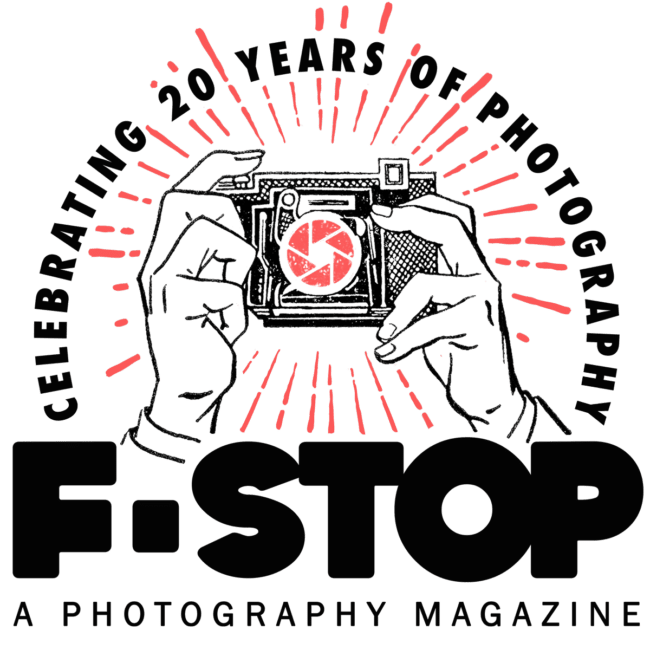
Leave a Reply